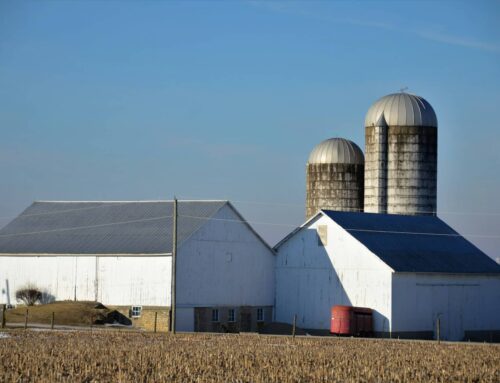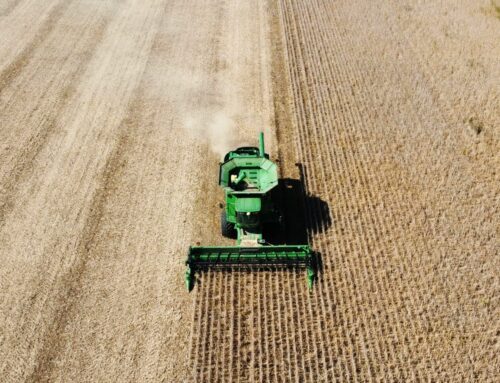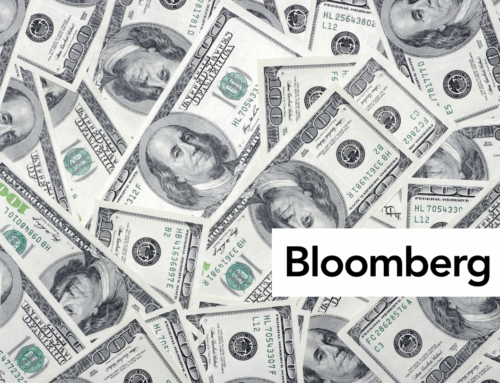Agricultural groups and Republican lawmakers praised President Donald Trump and his administration on Friday for announcing a second round of aid through the Coronavirus Food Assistance Program (CFAP 2).
Yet, there was also the call among some groups for more aid, which would need to come from Congress.
Following the president’s declaration Thursday evening of a new aid package, USDA announced $14 billion for CFAP 2 with enrollment to begin Monday. The first round of CFAP paid for losses largely before April 15, 2020. The new round of payments will cover losses throughout the rest of the year.
The National Milk Producers Federation said the CFAP 2 assistance will help out dairy farmers who have suffered from the economic effects of COVID-19. But it will not address the needs of all dairy farmers, said Jim Mulhern, president and CEO of NMPF.
“We urge lawmakers to make agriculture a priority in its next round of legislation addressing coronavirus,” Mulhern said. “Dairy farmers have been especially hard-hit by supply-chain disruptions, given the year-round, perishable nature of dairy products, and many are still struggling to repair balance sheets after five years of low prices that were only beginning to recover before COVID-19 shutdowns hit.”
Dairy farmers under CFAP 2 will get a payment amounting to $1.20 per hundredweight for the farm’s production for the last nine months of 2020.
The dairy group is concerned about the payment limits in the earlier CFAP. That issue was also raised by the National Pork Producers Council, which said on a call Thursday that the payment and income limits restricted access to the first round of CFAP aid. The payment limit and income limits for the first CFAP are carried over to the second program.
The CFAP payment limit is $250,000 for all commodities for an individual or entity, but can double for married couples. The payment limit also can be expanded for partnerships and LLCs. A producer also must have an adjusted gross income under $900,000, unless at least 75% of their income comes from agriculture.
The National Cattlemen’s Beef Association, which opposed direct payments to cattle producers before this year, had called on Congress earlier in the year to make changes to the CFAP program. Cattle producers have received $4.2 billion under CFAP 1, which comes out to just over 42% of all payments under the program. NCBA argued the April 15 cutoff left too many producers “out in the cold.” Much like dairy and hog producers, NCBA also has issues with the payment and income limits.
“While USDA’s announcement is an important next step, NCBA is calling on Congress to eliminate CFAP’s remaining disparities and deliver to our nation’s ranchers and farmers the support they so badly need in the next coronavirus package,” said Ethan Lane, NCBA’s vice president of government affairs.
For corn growers, the National Corn Growers Association stated it had projected a 59 per acre revenue drop for the 2019-20 crop, and an $89 per are drop in the revenue for corn acres in 2020-21. If realized this would make the 2020-21 corn crop revenues the lowest since 2006. NCGA expects the residual impacts from COVID-19 on corn prices to carry into 2021.
While corn prices have ticked upward since the August 12 WASDE, corn has not rallied as much in recent weeks as soybeans. At $3.78 1/2 cents a bushel, December corn is ten cents below the crop insurance price set at the end of February, which was a 12 cents lower than the 2019 price guarantee.
“It’s been a tough year for agriculture and there’s still a lot of uncertainty across the Corn Belt as we head into harvest,” said Iowa farmer Kevin Ross, NCGA’s president. “We’re doing all we can to get back on solid ground, but we can’t do it alone, which is why today’s announcement is a positive and welcome step forward.”
Iowa Agriculture Secretary Mike Naig credited USDA for including poultry such as turkey producers in the new round of CFAP 2 as well, “as they too have been hit hard by the decreased demand at delis and quick-service restaurants.”
The National Turkey Federation also is thankful to be included in the new round of aid after being left out of CFAP 1.
“The expansion of this program to include turkey clearly responds to industry feedback and recognizes the challenges COVID-19 market disruptions and subsequent foodservice losses have presented for independent turkey farmers over the past several months,” said Joel Brandenberger, president of the National Turkey Federation. “NTF looks forward to the rollout of CFAP 2 as we continue our efforts to provide much-needed relief across the turkey industry.”
Rep. Mike Conaway, R-Texas, ranking member of the House Agriculture Committee, said aid to producers could have been stronger had Democrats in Congress not blocked funding for USDA when debating the CARES Act. The Act back in March gave USDA $14 billion to boost the Commodity Credit Corp., as well as another $9.5 billion in specific direct assistance for USDA to spend on producers. But agricultural groups and some in Congress had wanted $30 billion to fully fund the CCC, as well as another $20 billion for the CCC as well, just for coronavirus aid.
Conaway accused Democrats of now trying to again block CCC funding in a Continuing Resolution that Congress will need to pass to avoid a government shutdown. Over the past week, GOP lawmakers have said USDA will not have funds for the Farm Bill programs in October without more CCC funding.
“If Democrats win, they will not only cut off further COVID-19 relief to our farmers, ranchers, and dairy producers, but they will also mothball the Farm Bill’s commodity, conservation, and trade programs,” Conaway said. “Our farmers, ranchers, and dairy farmers will be without a safety net. This is unconscionable. I call on Democrats to do the right thing and fund USDA so the Department of Agriculture can help our producers.”
Conaway’s call has some history because Republicans cut off the Obama administration from nearly any discretionary use of CCC funds in 2011 and kept such language in appropriations bills until the Trump administration took office. The GOP clamp on CCC funds came after former Agriculture Secretary Tom Vilsack provided $630 million in disaster aid in September 2010 for Arkansas. At the time, then-Senate Agriculture Committee Chairwoman Blanche Lincoln was in a tough reelection fight in Arkansas that she eventually lost. Oklahoma Rep. Frank Lucas, then the top House Ag Committee Republican, said he did not like the precedent set by the disaster funds to Arkansas. “From the beginning, I questioned whether USDA had the legal authority to do this and I stand by that,” Lucas said in 2010.
On Friday, Lucas applauded that USDA had tweaked the new CFAP 2 to include all varieties of wheat for aid.
“America’s wheat growers are resilient, but many still face unprecedented challenges through no fault of their own,” Lucas said. “The coronavirus pandemic has weakened market positions across all commodities throughout the nation and, whether you’re a wheat farmer who wrapped up harvest in May or those looking ahead to harvest in the coming weeks, CFAP 2 will help those weather the uncertainties of the pandemic.”
Not everyone praised the new round of agricultural aid or called for more. Taxpayers for Common Sense noted, “USDA to Shower Billions of Dollars in Farm Country.” Joshua Sewell, a senior policy analyst for the group, said CFAP has some modest improvements, which includes more aid for farmers who raise specialty crops — fruits and vegetables — but Sewell noted the aid has double the payment limits of regular farm programs. The CFAP 2 also comes as commodity prices are moving upward.
“With government subsidies at record levels, prices for many commodities rallying, and general economic conditions improving, calls for tens of billions in additional farm subsidies are clearly less about need than about greed,” Sewell stated.










